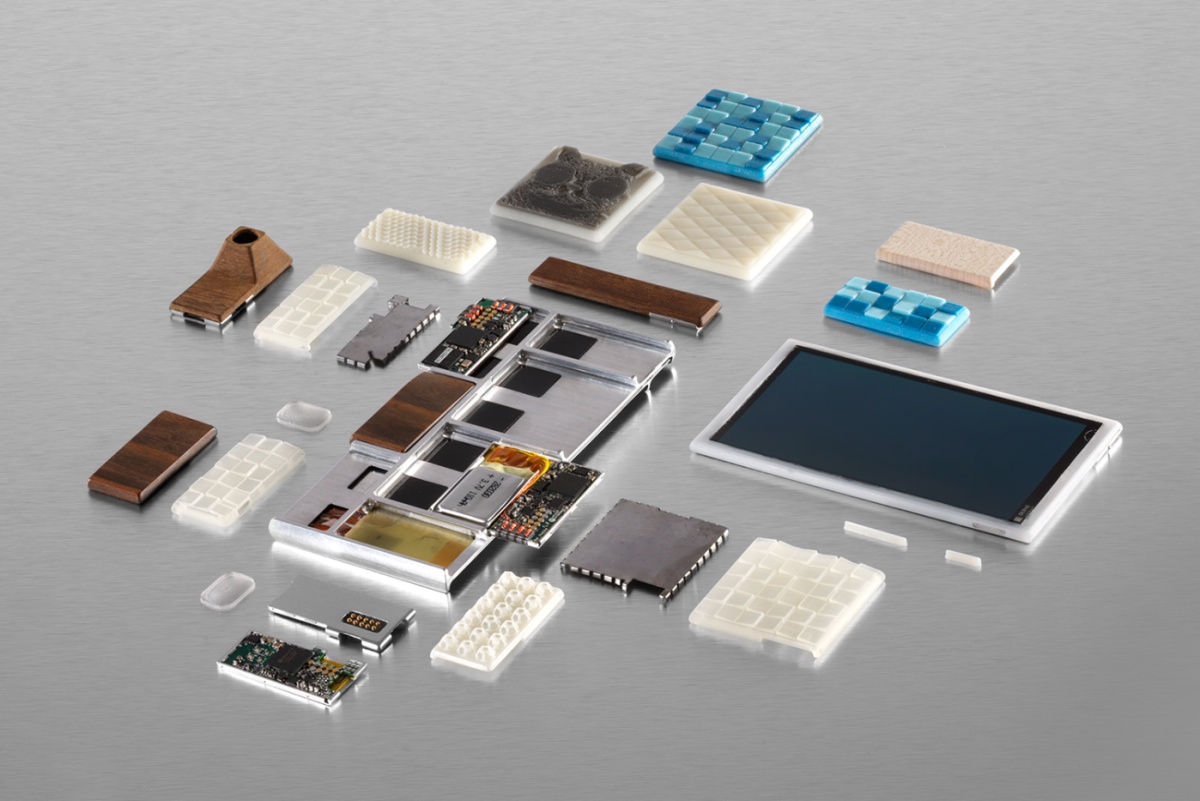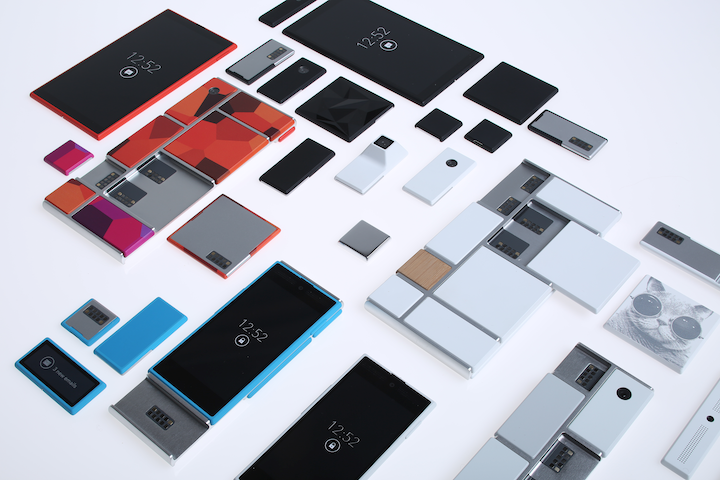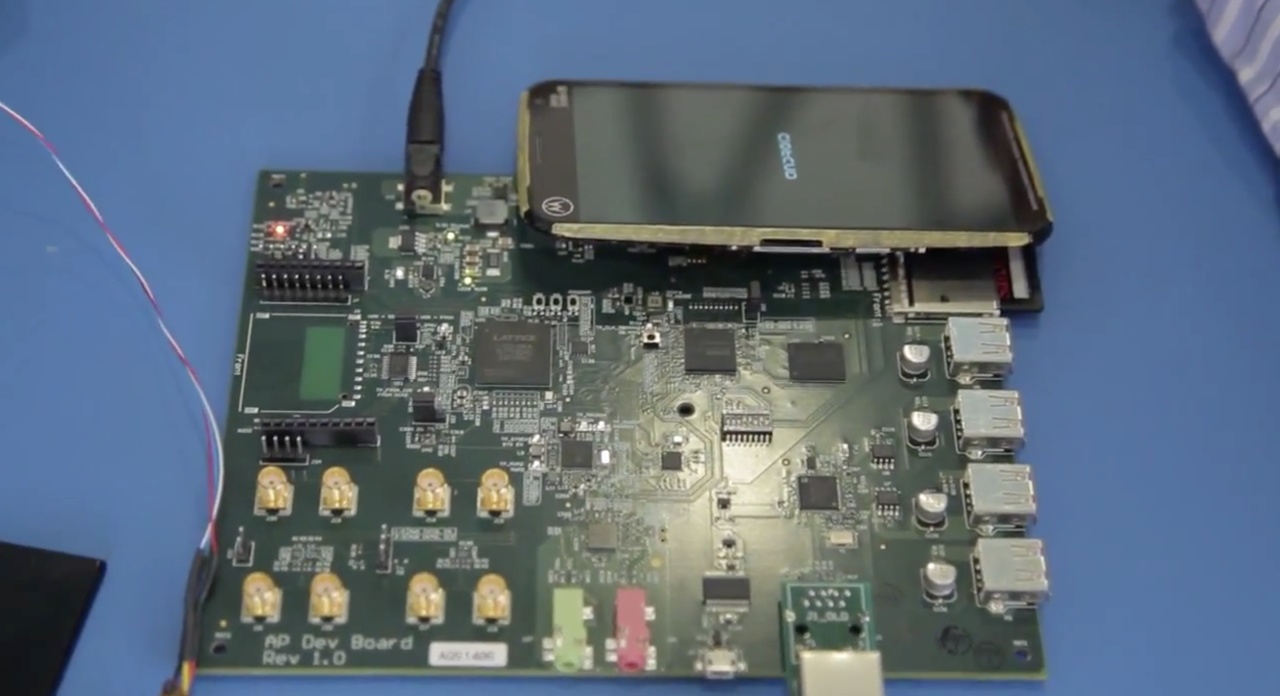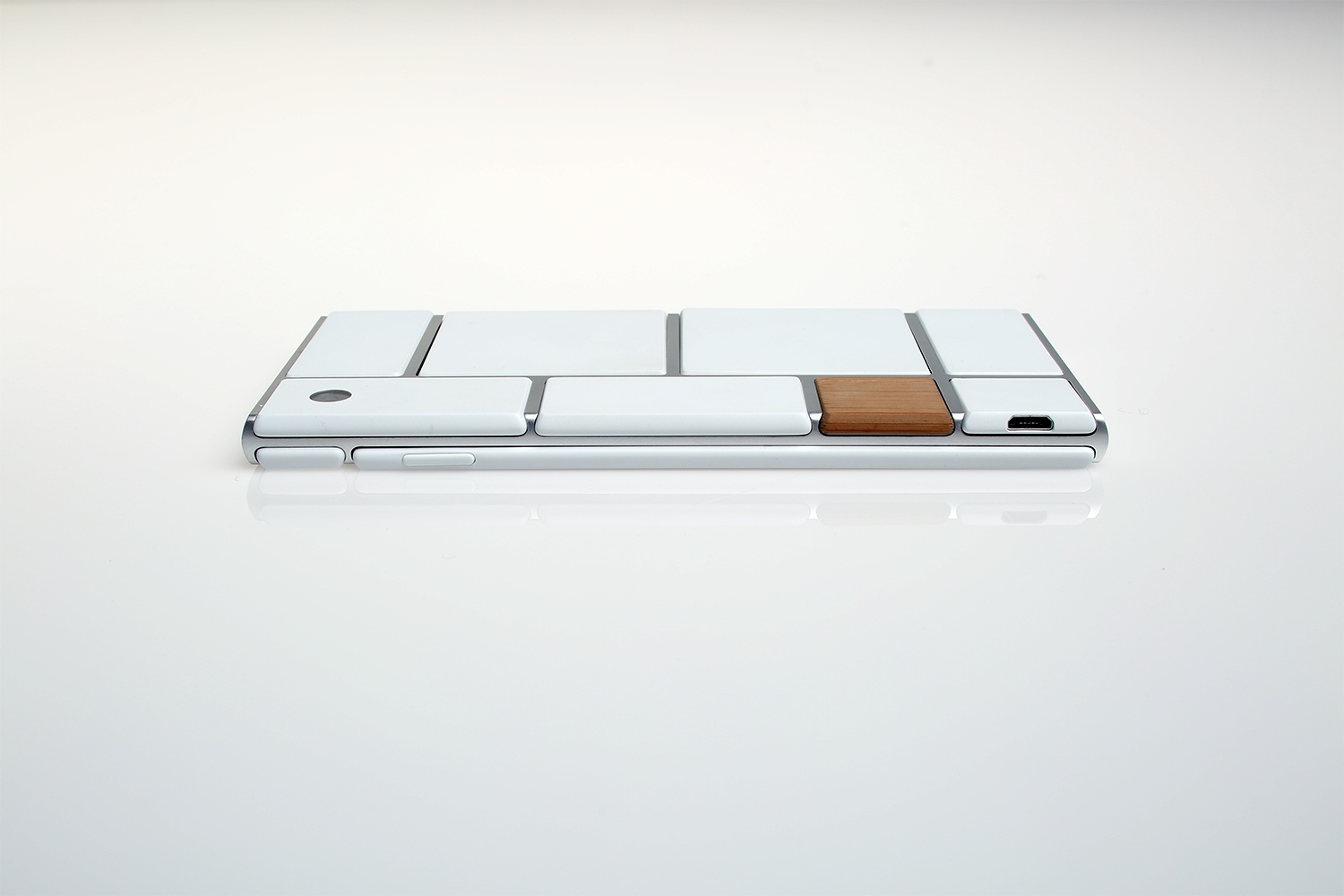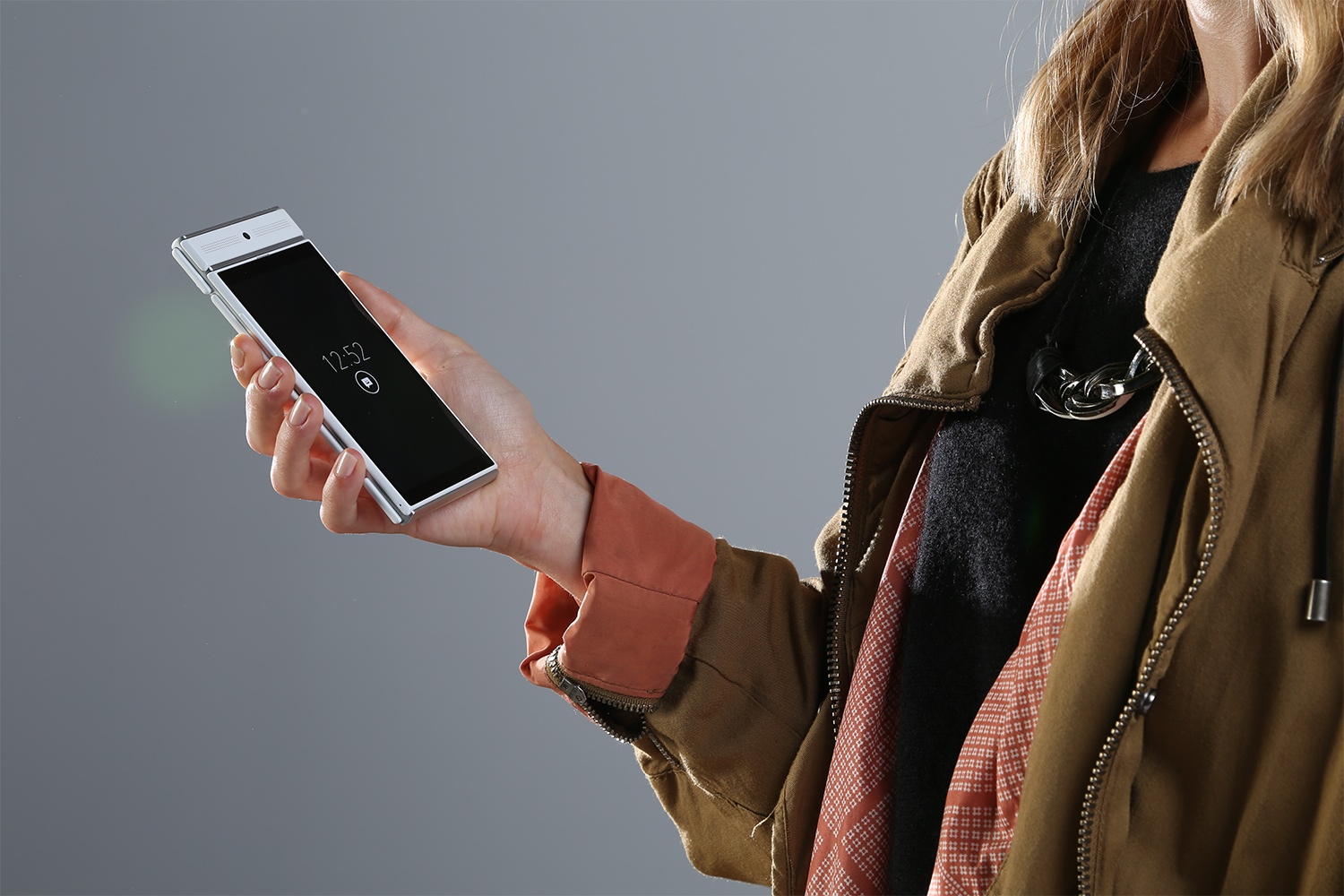Last October, Motorola’s Advanced Technology and Projects (ATAP) group, then a subsidiary of Google, announced an interesting partnership with PhoneBloks with the goal of creating highly modular smartphones that customers could build and update themselves much like LEGO bricks.
Basically a free, open hardware platform, Project Ara calls for a structural metal endoskeleton frame designed to hold a bunch of different items in place.
Swappable parts would include commonly used phone components like a display, keyboard, battery, electrical components, cameras and custom 3D-printed module enclosures. The audacious idea behind Project Ara is to allow folks to easily swap out malfunctioning modules or replace components with better parts as technology evolves.
Those who custom-build PCs will know what I’m talking about. It’s interesting that the 100 engineers strong ATAP group, led by former DARPA director Regina Dugan, was not included in Google’s sale of Motorola to Lenovo and instead got folded into Google’s Android team to work under the direction of Android’s new head, Sundar Pichai.
Today, Google posted a video providing a glimpse into the DIY smartphone project, ahead of the first Ara Development Conference which runs April 15-16 at the Computer History Museum in Mountain View, California…
The electronics you see in the video below is very much work in progress, but it gives you a good idea of the scope of the project. The prototype development kit is comprised of an application processing board running Android, attached to a mobile screen.
“When we created this modular phone, we realized that electropermanent magnets would be able to keep it all together,” Google says. “And we realized we wouldn’t have to cover it.”
In other words, rather than use a chassis to house the parts, the components would lock into the skeleton using magnets.
They even created a standalone application to help people browse the swappable Ara parts to put them together and try them out in different phone configurations.
And this quote on some of the design ideas the team is pursuing:
We ended up deciding that embracing this block and modular aesthetic was part of the phone. Let’s not hide it or put it behind the cover.
Perhaps the best design statement we could make was that this phone can flow and adapt just as much as our lives flow and adapt. And that in itself is an aesthetic.
The $15 frame, which is the only Ara component made by Google, will come in three sizes: an iPhone-like Mini with six parts, a 4.7-inch Medium and a nine-module Phablet, which is about a third larger than Medium. The back of the frame has a bunch of rectangular slots of various sizes.
You’ll insert your swappable phone component into a slot of the correct size, regardless of its function, and the electropermanent magnets will secure the part. Google is planning to sell third-party modules via its store. A $50 starter pack is said to include an aluminum phone frame, a screen, a battery and CPU and WiFi modules.
It’s interesting that phone modules can be swapped without switching the phone off. And in a nod at power users who like to tinker with things, Ara phones will accept both official and unofficial modules.
In addition to the first Ara Development Conference on April 15-16, Google is planning to hold an additional two conferences focused on Ara Project later this year.
Google says Project Ara is intended for “hundreds of thousands” of small device vendors and developers who lack the scale and resources of big name phone vendors. And the search monster is putting its money where its mouth is: building a module for Ara won’t require a license or paying a fee.
Ultimately, Project Ara should give birth to a plethora of inexpensive, customizable phones. Whether or not there’s demand for phones with swappable parts remains to be seen. If anything, Project Ara could give build-to-order a whole new meaning.
Instead of the Buyer’s Remorse syndrome, shoppers will be encouraged to configure their devices at the time of purchase, knowing they could update the internals at a later date. Ultimately, you’d end with something like this:
The approach would provide longer lifetime cycles for handsets.
Paul Eremenko, the DARPA alumnus who leads the effort, said:
The question was basically, could we do for hardware what Android and other platforms have done for software?
Which means lower the barrier to entry to such a degree that you could have tens of thousands or hundreds of thousands of developers as opposed to just five or six big manufacturers that could participate in the hardware space.
Yes, Google dreams big – this is what they’re good at.
A front view of an assembled Ara prototype.
First Ara kits should be released for public consumption in the first quarter of 2015.
Here are two more videos.
Another brainchild of the ATAP group: Project Tango, a prototype phone packed with advanced sensors and smart software allowing it to sense depth and geometry in order to map 3D environments.
You can follow Project Ara on Twitter and learn more at the official website.
Does this project make sense, do you think?
Will DIY smartphones ever catch on with the general public?
Image top of post via Time.
